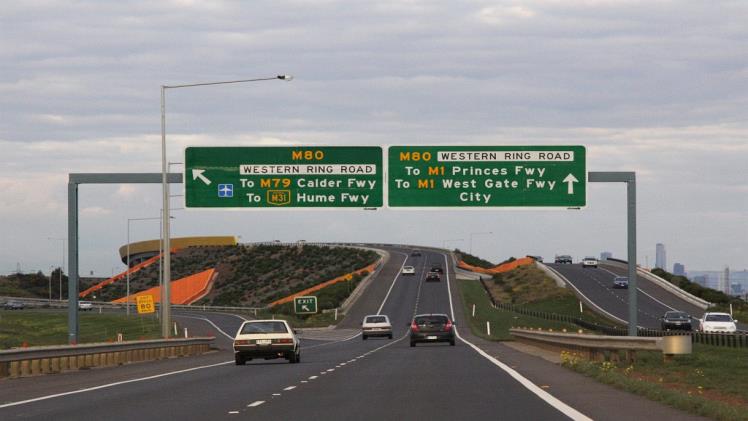It’s not easy to make safety signs. Several depend on external signals to notify of possible danger, while others have wording and a simple statement. It is also a good approach to convey potential risks, as much as people comprehend the signs. Every person must know about such safety and emergency signs.
There seem to be two safety symbols: one pertains to basic safety measures, while the others identify potentially harmful compounds. Because most organisations contain a mix of both, it’s vital to know what they’re all about.
What Are the Benefits of Using Safety Symbols?
These images may not express themselves in words, but they have been widely recognised symbols that speak for themselves. You’ll get capable of understanding the possible risks you confront just by glancing at the displayed indicators.
The occupational safety programmes employ a set of symbols. A toxic gas sign, for instance, may notify employees of the proximity of potentially dangerous gas. However, this safety symbol means there should be a gas detector like a Honeywell BW Microclip XL monitoring the levels of these harmful gases and an adjoining notice requiring the use of a face mask with instructions for workers on how to deal with the danger.
Representations are not a replacement for instruction, although they are useful reminders. These can be especially useful for employees who are unfamiliar with a specific sector or procedure. For example, workers can quickly recognise possible risks and make an informed choice by using a simple gesture with a health symbol.
Every classification has its distinct hue and symbol form that is maintained globally by safety requirements. You’ll know whether a sign is instructing you to stop doing anything, begin doing anything, take extra precautions, or advise you about emergency facilities and equipment if you understand the essential qualities of every form of symbol.
A detailed risk assessment is required to determine which signs should be included in your organisation. To ensure all possible dangers are identified, evaluations should be undertaken for every action and with each authorised workplace. After you have that info, you’ll be able to determine where emergency signs in Australia are required.
The purpose of safety symbols is to simplify things to recognise possible risks. Stick to the basics by dispersing signs around a space rather than grouping them. If too many signs are jammed together, people are overwhelmed with content and are less attentive and responsive.
Also, keep in mind that safety signs are only effective if everyone interprets them correctly. Therefore, refresher training should be conducted regularly to ensure that all employees know the signs and interpretations.
Emergency Signs in Australia
Prohibition Signs
The purpose of prohibition signs is to warn you not to do something. They’re a warning indication that you shouldn’t go any farther. What shade conjures up images of danger for you? The colour red! A red coloured circle with a red line drawn runs throughout these signs. On the white backdrop, the symbol is black.
Mandatory Signs
Mandatory signs should typically be put to prompt you to take action. Think of them as the precise antonym of prohibition signs. These symbols have a circular form. On the blue backdrop, the symbol is white. A white stripe frequently surrounds the circle.
Warning Signs
The purpose of warning signs is to alert you to potential risks. They don’t advise you not to do anything or to do something, unlike the two prior indications.
Safe Condition Signs
The indicators of a safe state may typically be taken to safety. They are of the safe colour, green! The share of these signs is square. The white border surrounds the symbol, which is white on the green backdrop.



